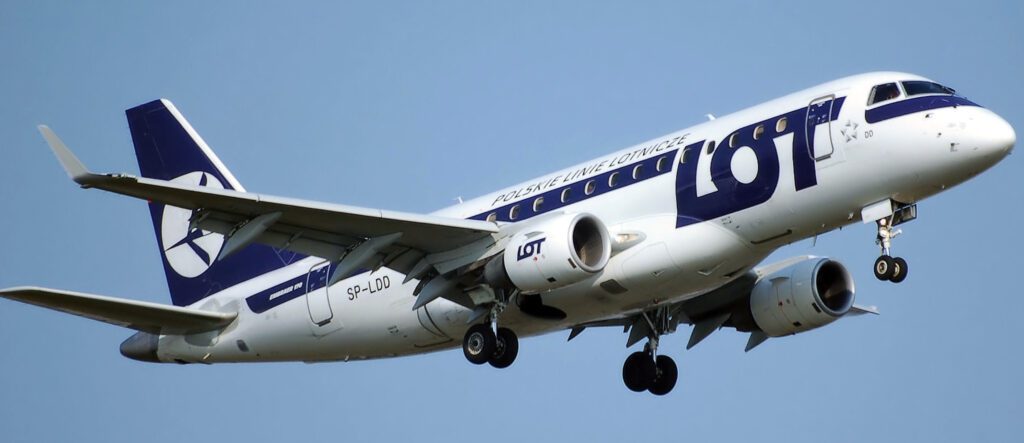
2024 03 19 165405 scaled
Embraer celebrated more than St. Patrick’s Day on March 17th. It also marked the 20th anniversary of the first commercial flight of an E-Jet, an E-170 flying for LOT Polish Airlines. That began a revolution in the regional market, culminating in Embraer’s virtual monopoly on the regional market and strong position in “cross-over” jets.
The history is interesting. Bombardier introduced the CRJ in the early 1990s based on the Canadair Challenger business jet. Embraer introduced the EMB-135 regional jet based on the EMB-120 turboprop. Early on, the CRJ had a small market lead on the smaller cabin Embraer E-135 regional jet. Bombardier decided to focus on stretching the CRJ, while Embraer decided that larger models should be based on a clean-sheet design with a larger and more comfortable cabin. The result was the EJet family and the E-Jets immediately had a strong advantage in passenger preference over the narrower CRJ, and that paid off as regional airlines listened to their customer preferences.
Scope clauses in the United States limited the number of seats in regional aircraft, and with the US having a dominant share of the regional market, aircraft were configured to meet the needs of US carriers. Bombardier stretched its CRJ into the CRJ-900 for the US market, while Embraer optimized its E-175 around US scope clause limits. Embraer, with a major cabin advantage, flipped market leadership and outsold the CRJ by a wide margin.
Embraer also entered the crossover market between regional jets and mainline trunkliners with the E-190 and E-195 models. The 100 seat E-190 received a significant 100 aircraft order from JetBlue that put it on the map, and the larger models proved quite successful in European markets for “right-sizing” regional routes in an environment without scope clauses.
With Embraer winning the battle, Bombardier decided to design a slightly larger crossover jet, the CSeries. Unfortunately, cost overruns were more than Bombardier could bear, and it sold its turboprop Dash-8 to DeHavilland Canada and the CRJ line to Mitsubishi as the CSeries nearly bankrupted the firm. Airbus swooped in to grab the A220 at virtually no cost, with Bombardier returning to a focus on business jets.
Once the CSeries was announced, Embraer decided to re-engine the E-Jets into E2 jets, utilizing the Pratt & Whitney GTF, the leader in fuel efficiency within the thrust range required. The company planned three models and introduced the two crossover-sized models, the E190-E2 and E195-E2. Those aircraft have been well received.
The planned E175-E2, with the new but heavier GTF engines, weighed slightly more than the scope clause limits. In the past, pilot unions typically adapted scope clauses to available aircraft of the same seating capacity. However, amid a pilot shortage, the pilots have twice voted not to expand the weight limit, making the E2 model infeasible. Nonetheless, with no alternative in the regional jet world, the E-175 continues to sell well in the US, including a recent order with American Airlines for 90 aircraft.
Shortly after Airbus took over the CSeries, Boeing attempted to acquire Embraer but later backed off its position after the 737 MAX crashes and the global pandemic. Litigation remains between the parties regarding that potential merger, and in the interim, Embraer’s commercial sales suffered but have now recovered.
The Bottom Line:
Embraer has a strong aircraft family in the EJets and E2 Jets. The company, despite competing head-to-head with much larger Airbus for crossover jets, is holding its own. The E2-195 is gaining market traction, while an updated E175 model is replacing the oldest E170 and E175 aircraft now in service. Congratulations to Embraer on a significant 20th anniversary.
Views: 5




